Features

Europa Clipper Searches for Life's Simple Necessities Beyond the Asteroid Belt
Shelby Bradford, PhD | Jun 14, 2024 | 10+ min read
NASA's upcoming satellite mission will explore the characteristics of Jupiter's ice-crusted moon. Its data will help scientists assess if the icy body has the potential to host life.
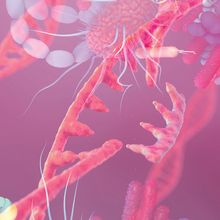
Engineering the Microbiome: CRISPR Leads the Way
Mariella Bodemeier Loayza Careaga, PhD | Mar 15, 2024 | 10+ min read
Scientists have genetically modified isolated microbes for decades. Now, using CRISPR, they intend to target entire microbiomes.
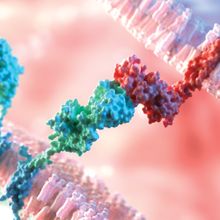
Next-generation CAR and TCR Cancer Therapies
Danielle Gerhard, PhD | Mar 15, 2024 | 10+ min read
From smart receptors to novel biologics, scientists plan to overcome the challenges
of treating solid tumors.
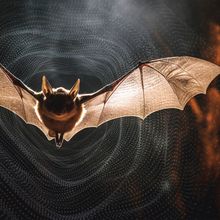
Turning on the Bat Signal
Hannah Thomasy, PhD | Mar 15, 2024 | 10+ min read
Scientists around the world investigate how bat immune systems cope with viral attacks and how this information could be used to keep humans safe.

Downsizing DNA
Aparna Nathan, PhD | Dec 4, 2023 | 10 min read
Some species remove up to 90 percent of their genomes during development, but why or how this happens is still a mystery.
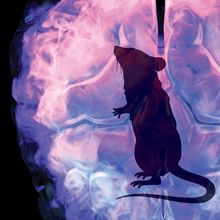
A Story of Mice and FIRE
Niamh McNamara, PhD and Veronique Miron, PhD | Dec 4, 2023 | 9 min read
Studying how microglia control myelin growth and prevent its degeneration helps scientists better understand and address neurodegenerative diseases.
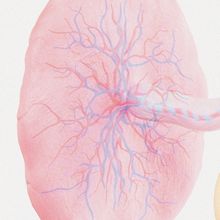
The Ephemeral Life of the Placenta
Danielle Gerhard, PhD | Dec 4, 2023 | 10+ min read
Recent advances in modeling the human placenta, the least understood organ, may inform placental disorders like preeclampsia.
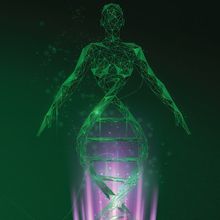
Unraveling the Mystery of Zombie Genes
Iris Kulbatski, PhD | Oct 31, 2023 | 6 min read
Digging into how and why some genes are resurrected after death sounds morbid, but it has practical applications.

Natural High: Endogenous Psychedelics in the Gut and Brain
Iris Kulbatski, PhD | Sep 8, 2023 | 8 min read
Psychedelics are evolutionarily ancient compounds produced by fungi, plants, and microbes. Humans also synthesize psychedelics. Researchers want to know how and why.

A Chronic Itch: Burrowing Beneath the Skin
Brian S. Kim, MD | Sep 8, 2023 | 9 min read
We have barely scratched the surface of itch science and what it indicates about our health.

What Can ChatGPT-like Language Models Tell Us About the Brain?
Natalia Mesa, PhD | Sep 8, 2023 | 8 min read
A renaissance in natural language modeling may help researchers explore how the brain extracts and organizes meaning.
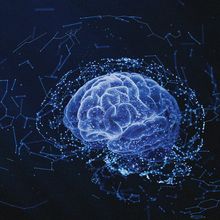
Defying Dogma: Decentralized Translation in Neurons
Danielle Gerhard, PhD | Sep 8, 2023 | 10+ min read
To understand how memories are formed and maintained, neuroscientists travel far beyond the cell body in search of answers.
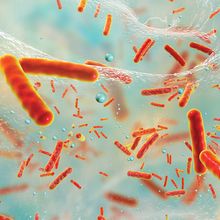
How Bacterial Communities Divvy up Duties
Holly Barker, PhD | Jun 1, 2023 | 10+ min read
Biofilms are home to millions of microbes, but disrupting their interactions could produce more effective antibiotics.
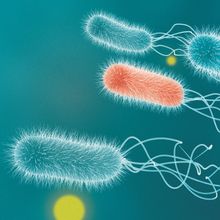
Cooperation and Cheating
Mariella Bodemeier Loayza Careaga, PhD | Jun 1, 2023 | 6 min read
Bacteria cooperate to benefit the collective, but cheaters can rig the system. How is the balance maintained?
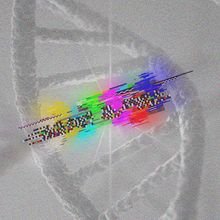
“Silent” Mutations Make Noise In Cancer
Katarina Zimmer | May 1, 2023 | 10+ min read
Synonymous mutations have long been ignored in cancer studies since they don’t affect the amino acid sequences of proteins. But research increasingly reveals that they can have disease-driving effects.
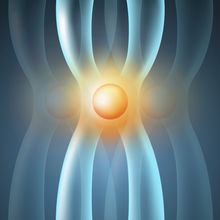
Probing “Selfish” Centromeres Unveils an Evolutionary Arms Race
Michael Lampson, PhD | Apr 3, 2023 | 10 min read
A more complete understanding of nonrandom segregation will shed light on how speciation occurs.
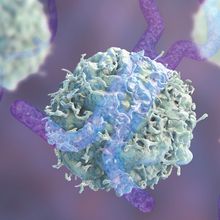
Long noncoding RNAs and Microproteins Can Spark Cancer—or Sometimes Squelch It
Rachael Moeller Gorman | Mar 1, 2023 | 10+ min read
Noncoding RNAs and microproteins, once considered genomic noise, are turning out to be critical to the progression of some types of cancer.
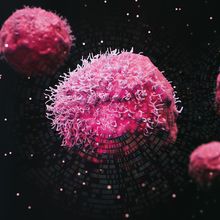
Jumping Genes’ Role in Cancer
Diana Kwon | Mar 1, 2023 | 8 min read
Transposons may be key players in how tumors develop and spread, but they also keep cancer at bay in some circumstances.
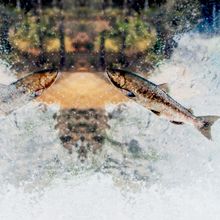
Geneticists Light Up Debate on Salmon Conservation
Christie Wilcox, PhD | Feb 1, 2023 | 10+ min read
Splitting Chinook salmon into two groups based on their DNA could aid conservation efforts. But some researchers argue that this would be a misuse of the data.
